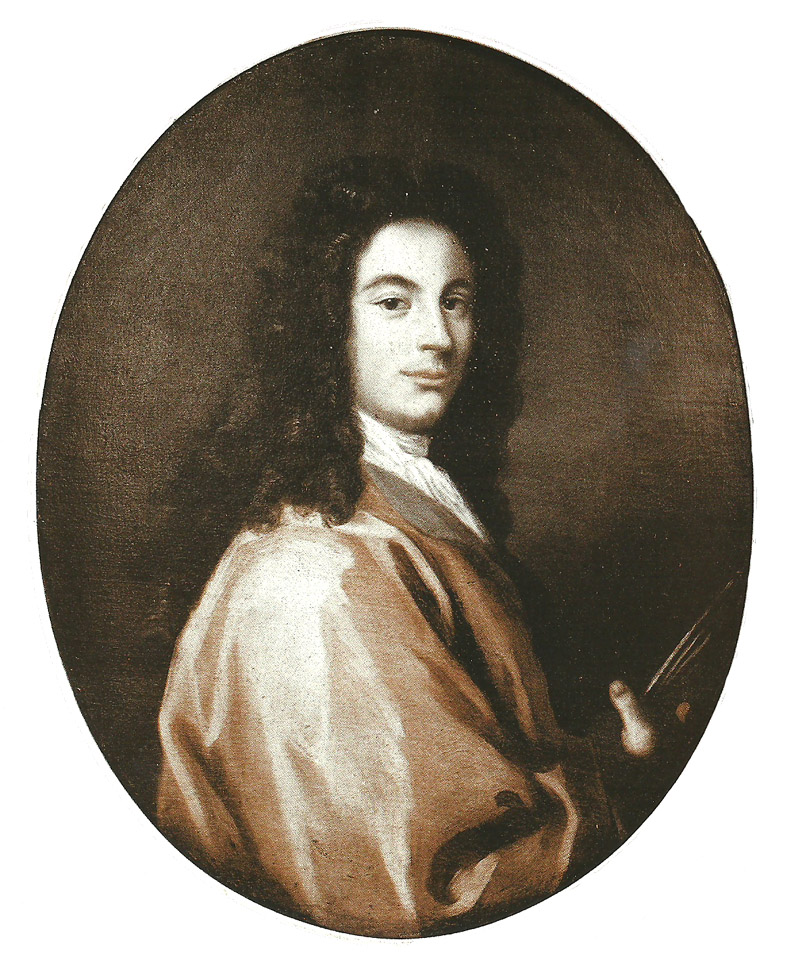Antonio Balestra (1666 - 1740)

Antonio Balestra
Antonio Balestra, an Italian painter, is celebrated for his contributions to the Baroque art movement. Initially training in his hometown, Balestra's artistic journey took him to Venice and Rome, where he honed his skills and absorbed diverse artistic influences. By 1694, his talents were recognized with a prestigious award from the Accademia di San Luca in Rome, underscoring his growing reputation.
Antonio Balestra's works, characterized by their adherence to classical artistic standards, are found in various Italian cities, including Venice, Bologna, and Verona. He was known for his religious paintings, such as "The Miracle of Saint Nicholas" and "The Annunciation," as well as his contributions to church decorations and altarpieces.
Despite his traditional approach, Antonio Balestra's legacy is cemented in the art world, with works displayed in notable museums and his influence extending to pupils and subsequent generations of artists. His devotion to the established norms of academic painting reflected a broader dialogue within the art community about innovation versus tradition during his time.
For art collectors and enthusiasts, Antonio Balestra's works offer a glimpse into the Baroque era's rich artistic heritage, showcasing a blend of devout religiosity and meticulous craftsmanship. To stay informed about Antonio Balestra's art and related auction events, consider subscribing to updates, ensuring you remain connected to the enduring appeal of his artistic legacy.
| Date and place of birt: | 12 august 1666, Verona, Italy |
|---|---|
| Date and place of death: | 21 april 1740, Verona, Italy |
| Nationality: | Italy |
| Period of activity: | XVII, XVIII century |
| Specialization: | Artist, Graphic artist, Painter |
| Art school / group: | Venetian school |
| Genre: | Mythological painting, Religious genre |
| Art style: | Baroque, Rococo |

































